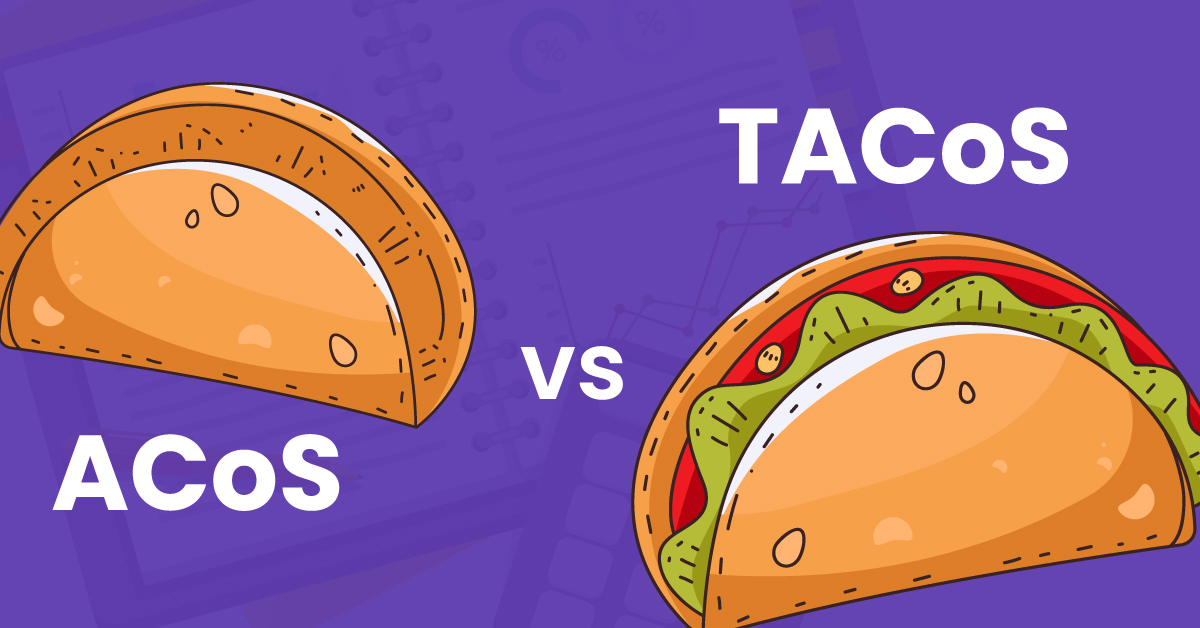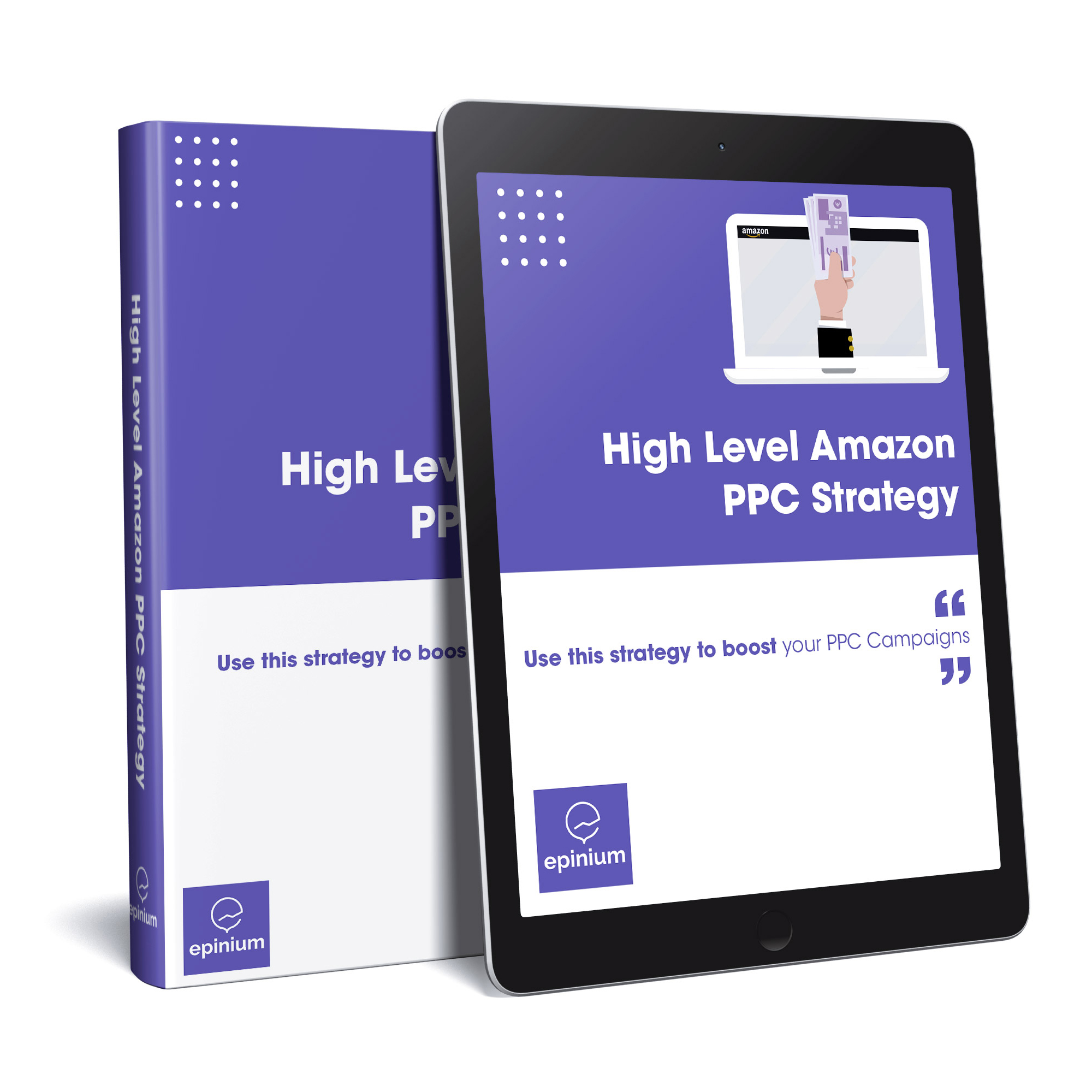If you can’t measure it, you can’t improve it. TACoS (Total Advertising Cost of Sales) is an Amazon unique metric. All Amazon sellers who create payment campaigns on Amazon have heard of ACoS, but recently, more and more people are talking about TACoS, which has some key differences from Acos.
What are Acos and Tacos?
ACoS is the “advertising cost of sales” and TACoS is the “total advertising cost of sale”. However, TACoS is not as simple as its name suggests…
¿Qué es el Acos?
First we give a definition of what ACoS is. This metric shows us the relationship between the expenses and the income of our campaigns in the Marketplace. That is, it reflects the profitability of Ads on Amazon.
To measure the profitability of your ads, that is, how much you have earned in relation to the expense you made with the advertising campaign, you can calculate it as follows:
ACOS = (ad spend ÷ ad generated sales) * 100
Logically, if the expenses are less than your profit margin, it means that your campaign is profitable. Here’s an example:
If you have invested 60 euros in an advertising campaign that has generated 600 euros, applying the formula ACoS = (60/600) * 100 = 10% means that for every euro you have generated, 10 cents have been spent.
In addition, to define if your ad is profitable or not, you can look at the ACoS together with other metrics such as Impressions, Total Clicks, Total investment in the campaign and General sales to have a general picture of the situation.
What is TAcos?
By showing ad spend relative to total sales generated, it offers a more complete picture than Acos. Of course, no one measurement can reflect all aspects of your business. But tracking TACoS over time can show how your ad spend appears to be helping to increase organic sales.
Here is the basic formula to calculate it:
TACoS = (Advertising spending / Total revenue) x 100
An ideal percentage is subjective and depends on what you are trying to do. However, generally speaking, the lower your TACoS the better, just like with ACoS. For a mature product, 10-15% can be considered “healthy”.
There are two main ways to decrease this metric, and the inverse of these actions will increase.
- You reduce your ACoS by spending less (or more effectively) on advertising
- Increase the percentage of organic sales of your products.
It is not enough to have a low TACoS alone, you also have to maintain it. There are a few key trends to watch out for when it comes to your TACoS: increasing, decreasing, or stagnant.
Increase in TACoS: means that your ad spend is increasing, but your organic sales are not increasing at the same rate.
Decrease in TACoS: it means that you have a high speed of sales and that your organic sales are also improving.
Stagnant TACoS: means you have consistent sales overall and your account status is good at the moment.
_____________________________________________________________________
Find out more Amazon Metrics
_____________________________________________________________________
What is the difference between Acos and TAcos?
You may be thinking, “Wait! Isn’t it exactly the same formula? “
True, the formulas are essentially the same, but there is one key difference… ACoS only looks at your ad spend versus PPC sales revenue. TACoS looks at ad spend compared to ALL sales revenue, including organic.
Trend relationships
TACoS increase and ACoS increase
It is a bad sign in general. Unless, of course, you’ve just launched a product, this means that your ad spend is lowering your profit margin, which is a bad sign.
Decrease ACoS and increase TACoS
This means that your organic sales are declining or becoming a smaller part of your total income. This can mean that your sales are too reliant on their paid ads.
Decrease in ACoS and decrease in TACoS
This means that your organic sales are improving and outperforming the sales you get from your paid ads.
Here ends our article. If you found it interesting or have some opinions on the subject, leave a comment.







